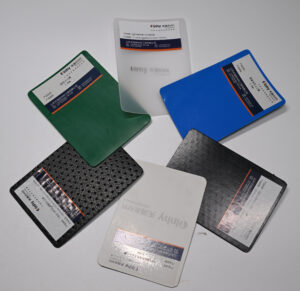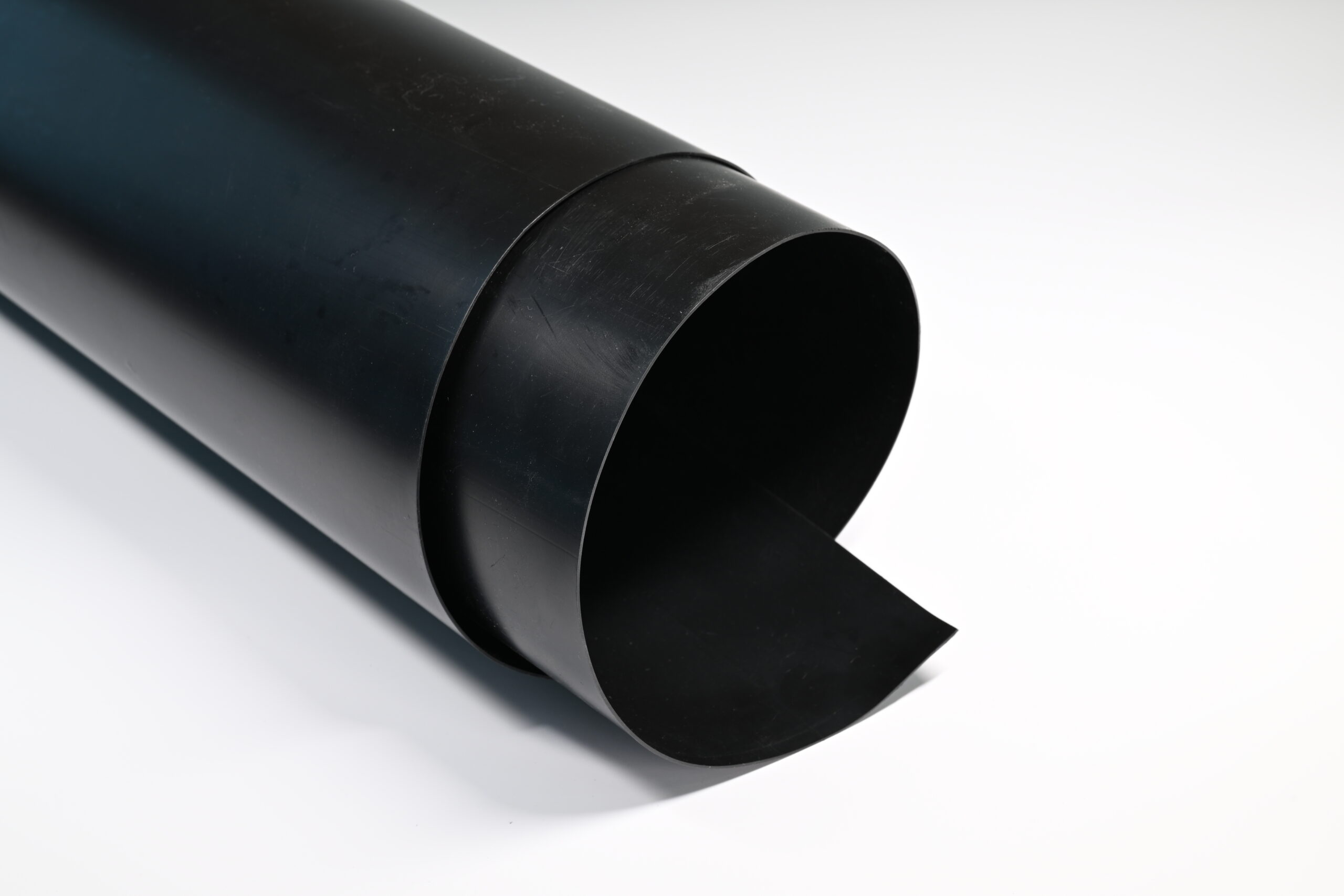Geomembranes can be fabricated in a number of ways, the choice of which depends on the type of material, engineering requirements and availability of manufacturing equipment.
Several common ways to make geomembrane
Blow molding: A film is formed by blowing molten plastic material through a mold. This method can be applied to produce a large number of continuous films, common materials are high-density polyethylene (HDPE) and linear low-density polyethylene (LLDPE).
Extrusion method: The plastic material is heated and melted through the extruder, and then extruded into a film through the die of the extruder. This method is suitable for producing relatively thick geomembranes, and commonly used materials include high-density polyethylene (HDPE) and polypropylene (PP).
Melting covering method: Applicable to on-site construction, the melted geomembrane material is applied to the soil surface by spraying, rolling or coating. This method is suitable for smaller scale projects and irregular surface shapes.

Bonding method: Use geomembrane glue to join prefabricated geomembrane blocks or membranes together. This method is often used in the joint treatment of the construction site to ensure the continuity and anti-seepage effect of the geomembrane.
Hot melt welding method: The edges of the geomembrane are heated and pressed together to form a strong connection. This method is often used to join edge portions of geomembranes, such as welding two membrane segments or welding the seam between the membrane and the foundation.
Sewing method: Use a special geomembrane sewing machine to sew the geomembrane. This method is suitable for making larger geomembrane segments or for applications requiring higher strength connections.
The appropriate geomembrane fabrication method needs to be selected based on specific engineering requirements, material properties, and available equipment. For large-scale projects and special application fields, it may be necessary to combine multiple production methods to meet complex requirements. During the production process of geomembrane, the relevant standards and specifications should be strictly followed to ensure that the quality and performance of the geomembrane meet the requirements.
Geomembrane extrusion is a common method of making geomembranes, which uses an extruder to melt and extrude plastic material into a film.
Process steps of geomembrane extrusion method
Material preparation: Select suitable geomembrane materials, common materials include high-density polyethylene (HDPE) and polypropylene (PP). These materials are usually supplied in the form of granules or powders and need to be proportioned and pre-treated according to requirements.
Material feeding: The geomembrane material is put into the hopper of the extruder, and the material is heated and melted by the screw and the heating area. The screws in the extruder propel the molten plastic gobs into the extrusion head section.
Extrusion Head and Die: The molten plastic mass in the extruder is further extruded through the extrusion head section to form a film. During extrusion, a die is used to cool and shape the film to form the desired film thickness and dimensions.
Adjustment and control: By controlling the heating, cooling and extrusion parameters of the extruder, the extrusion speed, thickness and quality of the geomembrane can be adjusted. For different materials and requirements, several adjustments and trials may be required to obtain the best extrusion results.

Cooling and cutting: The extruded geomembrane needs to be cooled quickly by a cooling device to make it solidify and solidify quickly. The cooled film can be cut and divided as needed to form the desired size and shape.
Quality inspection and packaging: conduct quality inspection of the manufactured geomembrane to check whether its thickness, flatness and physical properties meet the requirements. Qualified film rolls are cut into standard sizes and packaged for storage and use.
The geomembrane extrusion method has the advantages of high production efficiency and wide application range. Continuous geomembrane can be produced, which is suitable for soil seepage prevention, soil protection, isolation layer and other applications. However, during the extrusion process, it is necessary to pay attention to controlling factors such as temperature, extrusion speed, and mold adjustment to ensure the thickness uniformity and quality stability of the geomembrane. It is necessary to select the appropriate extruder equipment and adjust the process parameters according to the specific engineering requirements and material characteristics.
About Us
To become the world-leading anti-seepage system solution provider, we have focused on applying Tinhy’s geosynthetic products in the environmental protection and civil engineering industries for 19 years. We will continue to work on replacing the natural materials with geosynthetic products during the whole course of our growth. We would like to:
1. Keep the status of geosynthetics in waste and water management.
2. Establish long-term business relationships with companies that stick to the principle of environmental containment.
3. Make joint efforts to find the balance between human beings and natural resources.
Contact Us
[wpforms id=”40″]
Author
-

Founded in 2002, Tinhy's team focuses on the manufacturing, marketing, installation, application and research and development of geosynthetic materials.
View all posts




